Test Tubes: The Backbone of Laboratory Work
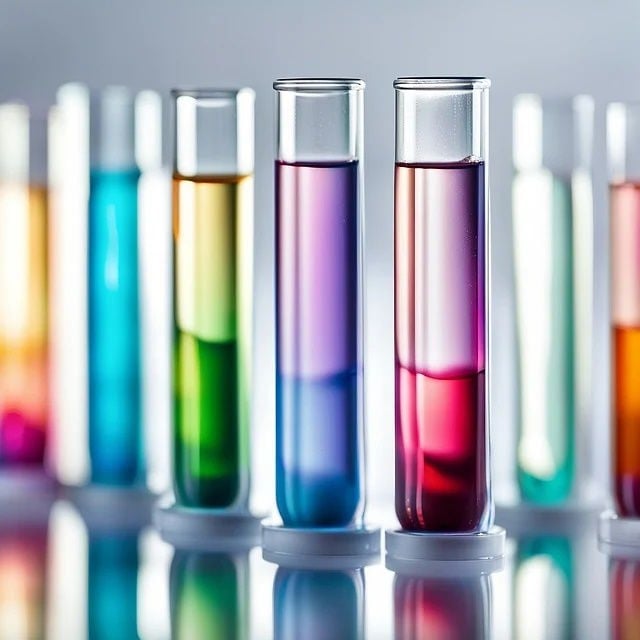
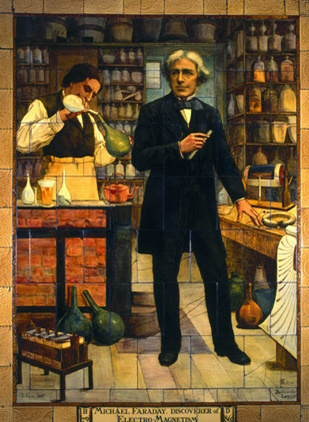
As a symbol of scientific exploration and discovery test tubes have been a part of scientific equioments for centuries. They evolved from the simple glass cup used by ancient alchemists to the precision-engineered equipment we know today.
Two renowned chemists, Jons Jacob Berzelius (1779–1848) and Michael Faraday (1791–1867), have been suggested as the inventor of the test tube.
Test tubes, culture tubes, or sample tubes are typically transparent, cylindrical-shaped objects with one end open and the other end closed. Since the early 19th century, they have been one of the most fundamental products used for controlling various reactions on a small scale in fields such as chemistry, biology, medicine, and many others. Test tubes come with different types of bases, including flat, round, and conical, and they can also be either plain or graduated.
A spherical base prevents mass loss due to the absence of corners and facilitates cleaning. There are several types of test tube materials: glass, plastic, metal, platinum, and Teflon. Glass and plastic are the most common, with some designed for reuse and others for single use. Test tubes with screw caps, also known as reusable and autoclaveable culture medium tubes, play a crucial role in qualitative experiments and analyses. Test tubes are narrow because their design prevents the content from dispersing into the environment.
Types of Laboratory Test Tubes
They are heat-resistant and chemically inert.Their transparency allows for easy visual inspection of the contents.
Soda-lime glass, or standard glass, is the most common form of glass. Soda-lime glass is inexpensive and chemically stable. Borosilicate glass performs best for chemical applications because it can withstand thermal shock and chemical attacks. Borosilicate glass has several advantages over soda-lime glass. It is less prone to chemical attack and has a lower coefficient of thermal expansion, making it more resistant to thermal shock.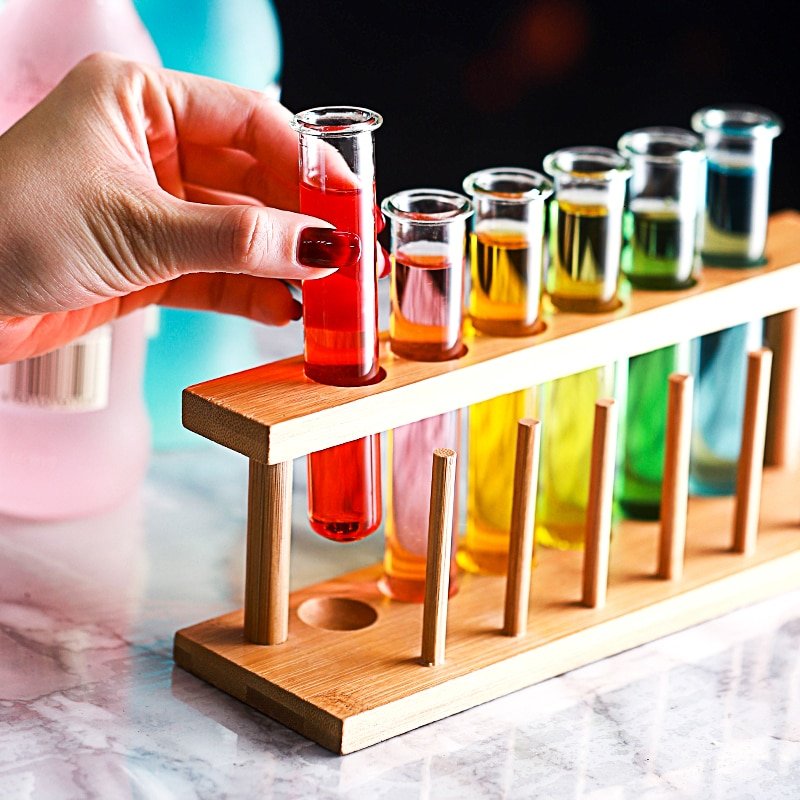
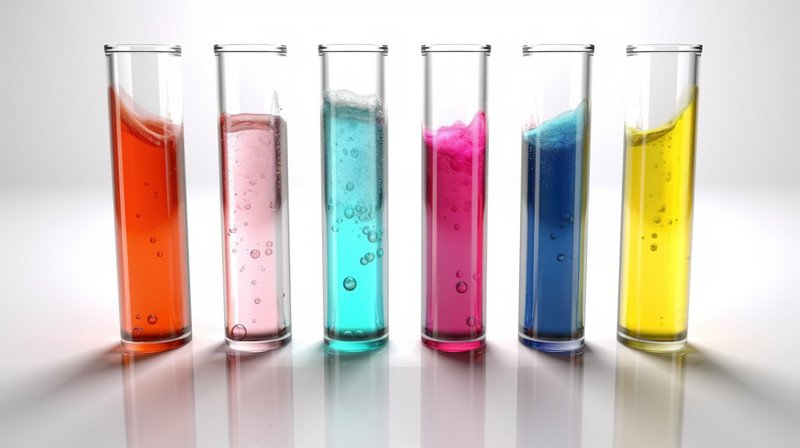
Plastic test tubes offer advantages in terms of durability and flexibility. They are generally lighter and cheaper than glass test tubes.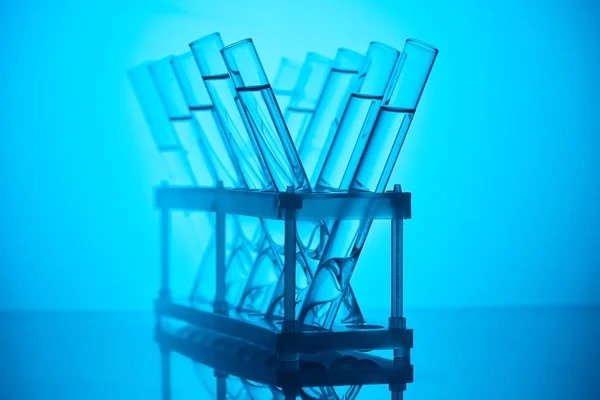
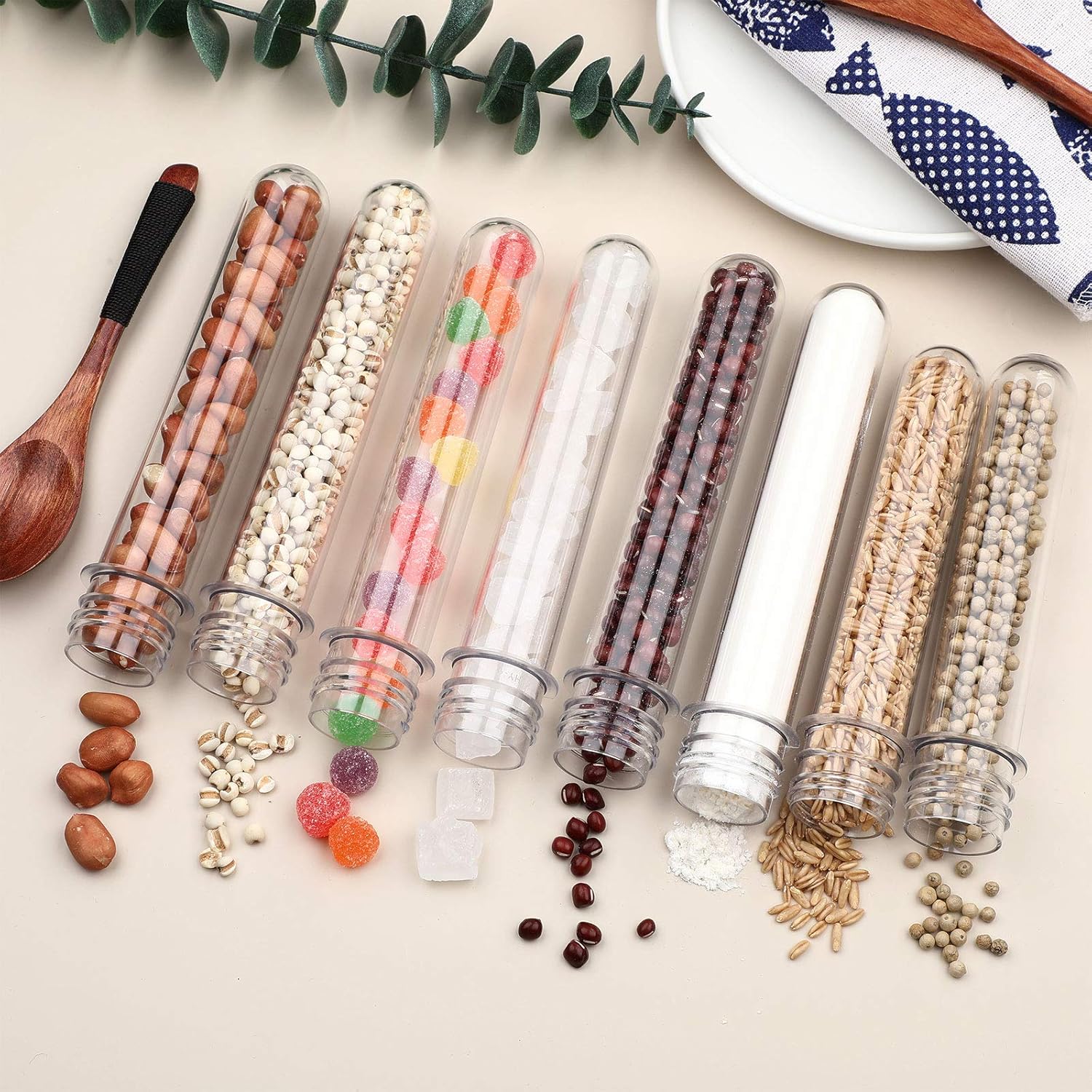
These are designed for specific purposes Like Pyrex and PTFE test tubes. These may include test tubes with coatings to prevent interactions with certain substances or tubes with unique shapes for particular experiments.
A variety of test tube types are designed to meet specific requirements. These include culture tubes, centrifuge tubes, graduated test tubes, and screw-capped test tubes. 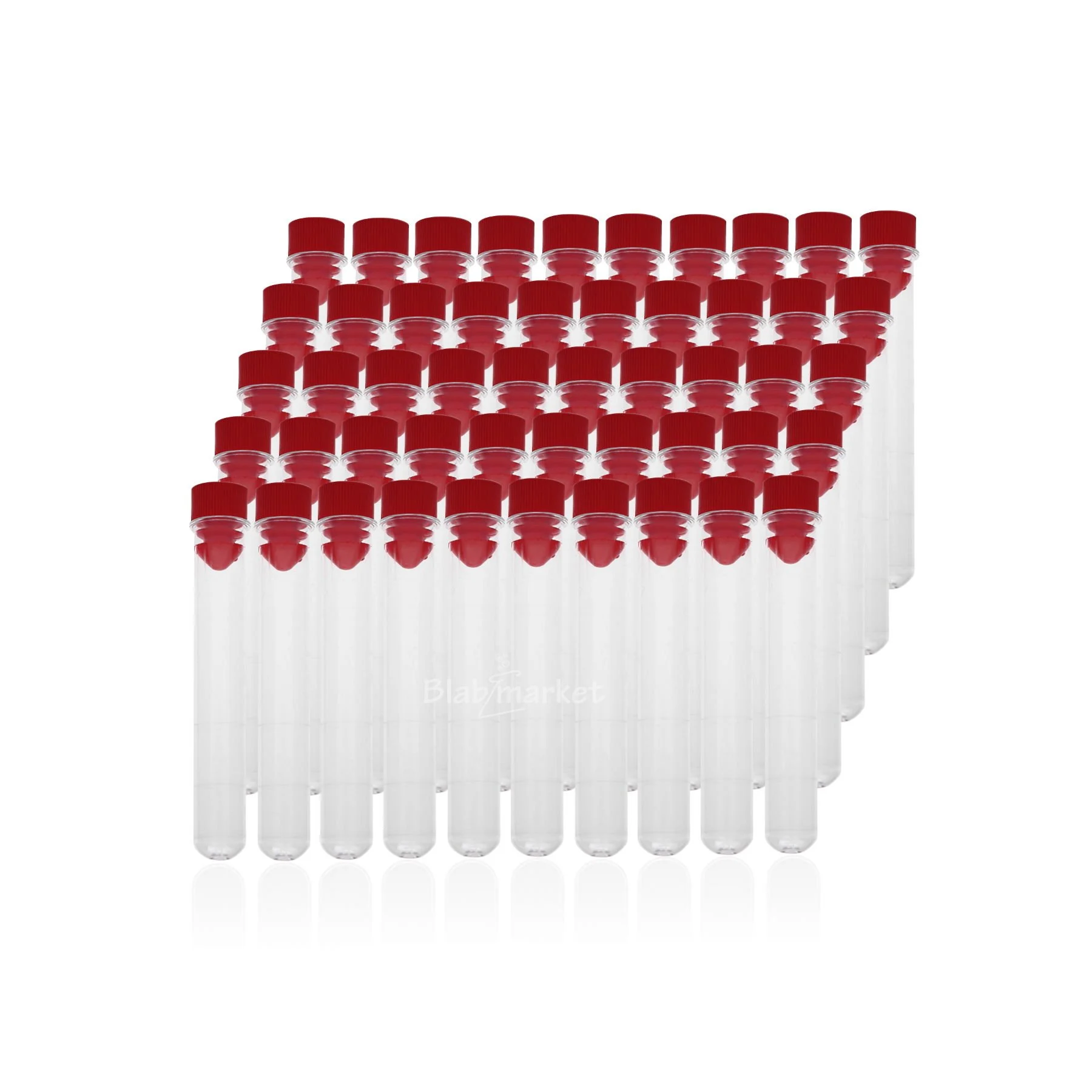

Culture tubes used for microbial or cellular growth, while centrifuge tubes endure high-speed centrifugation. Graduated test tubes designed by markings for accurate volume measurements, and screw-capped test tubes provide secure seals for storage and transport.
Collaborate with Borox to buy high quality Test Tubes, and other laboratory glassware ensuring access to reliable and durable products.
